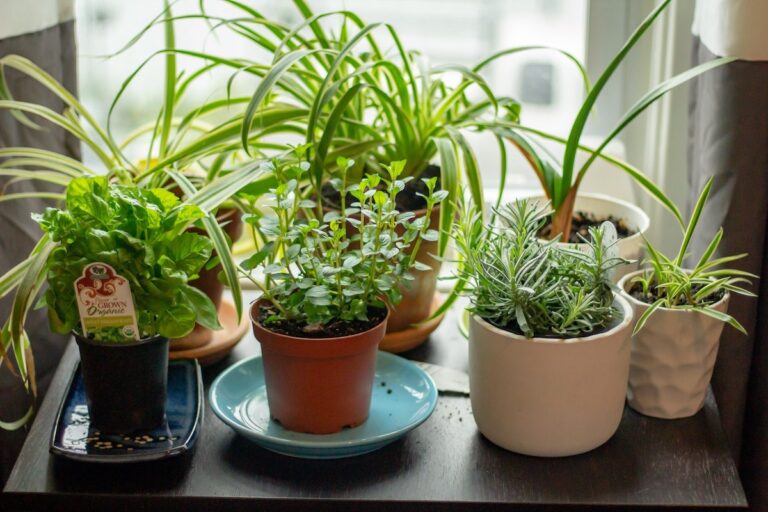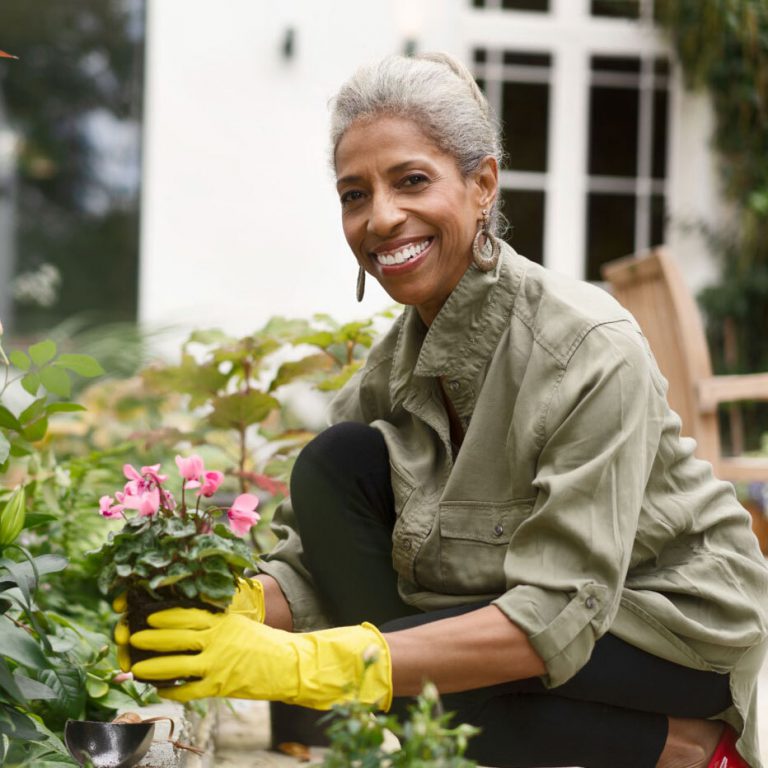Starting an indoor herb garden is easy — here’s how
It’s easiest to eat healthy when you cook delicious, fresh, and flavorful food — and incorporating fresh herbs into your home cooking is a great way to add that extra burst of flavor. Lucky for us, you don’t need an advanced green thumb or even a backyard to grow these fresh, delicious herbs yourself, right from the comfort of your own kitchen – here’s how.
Picking Your Plants
There’s a wide array of herbs that will grow and thrive indoors all year round. These plants include basil, chives, lemon balm, marjoram, mint, oregano, parsley, rosemary, sage, and thyme. Decide which flavors are your favorite to incorporate in your cooking, and start off with 3-4 different plants. Each plant’s needs will vary slightly, so be sure to plant each herb in its own separate pot so you can adjust your care routine accordingly.
You’ll often find herb plants, such as basil, available to you in your local grocery store’s produce department. Alternatively, visit your local garden center (Home Depot, Lowes, and Menards are all great resources for this) for a wider array of herb plants to choose from.
The Right Conditions
There are several things that any plant needs to thrive. Before you begin the process of purchasing and planting your fresh herbs, you should determine where in your household the herbs will live. Herbs prefer a lot of sunlight — six hours of full sunlight each day is ideal. Therefore, you should choose the sunniest spot in your home as the location of your herb garden, prioritizing locations that are close to the window, rather than the center of the room. For example: window sills are the perfect spot for an indoor herb garden! Once that’s settled, you can move onto actually planting your herbs.
First you’ll need the right pot. For indoor herbs, be sure to choose a container with ample drainage. You can tell which pots have appropriate drainage by checking for holes in the bottom of the container; these holes will allow water to escape the soil as needed.
Second, it’s important to choose the right soil for your herb. Most herbs do best with a standard indoor potting mix, and will be even happier if that mix is one that advertises good drainage.
As we mentioned above, be sure to plant all your herbs in separate, individual containers. This ensures that when it comes time to water, you can check the soil of each pot and only water the plants that are in need of added moisture at that time. Because most herbs live in loose, fast-draining soil, you should check your plant’s soil every day (or every other day) to see how much moisture it has retained. Herb plants do best when their soil is slightly moist, but not soggy. Too much watering, and you’ll drown your plant.
When it comes time to harvest and enjoy your fresh herbs, always take in moderation. Regular pruning is good for your plants, but too much at once, and your plant won’t be happy.
Overall, the more time you spend caring for your herb garden, the better you’ll learn to understand your plants needs. And as you care for your plants, they’ll care for you too, by providing healthy and fresh flavor to all your meals!


